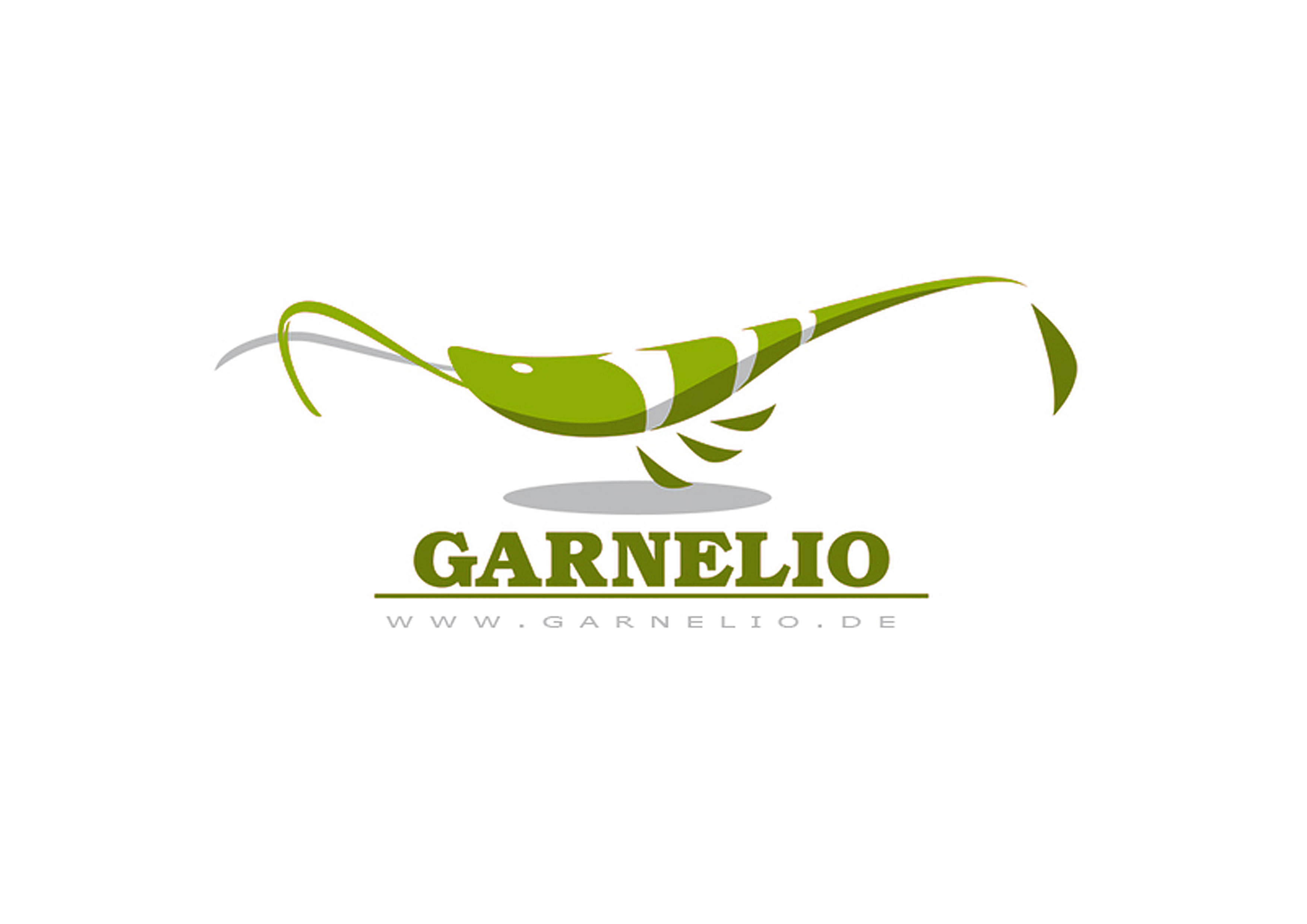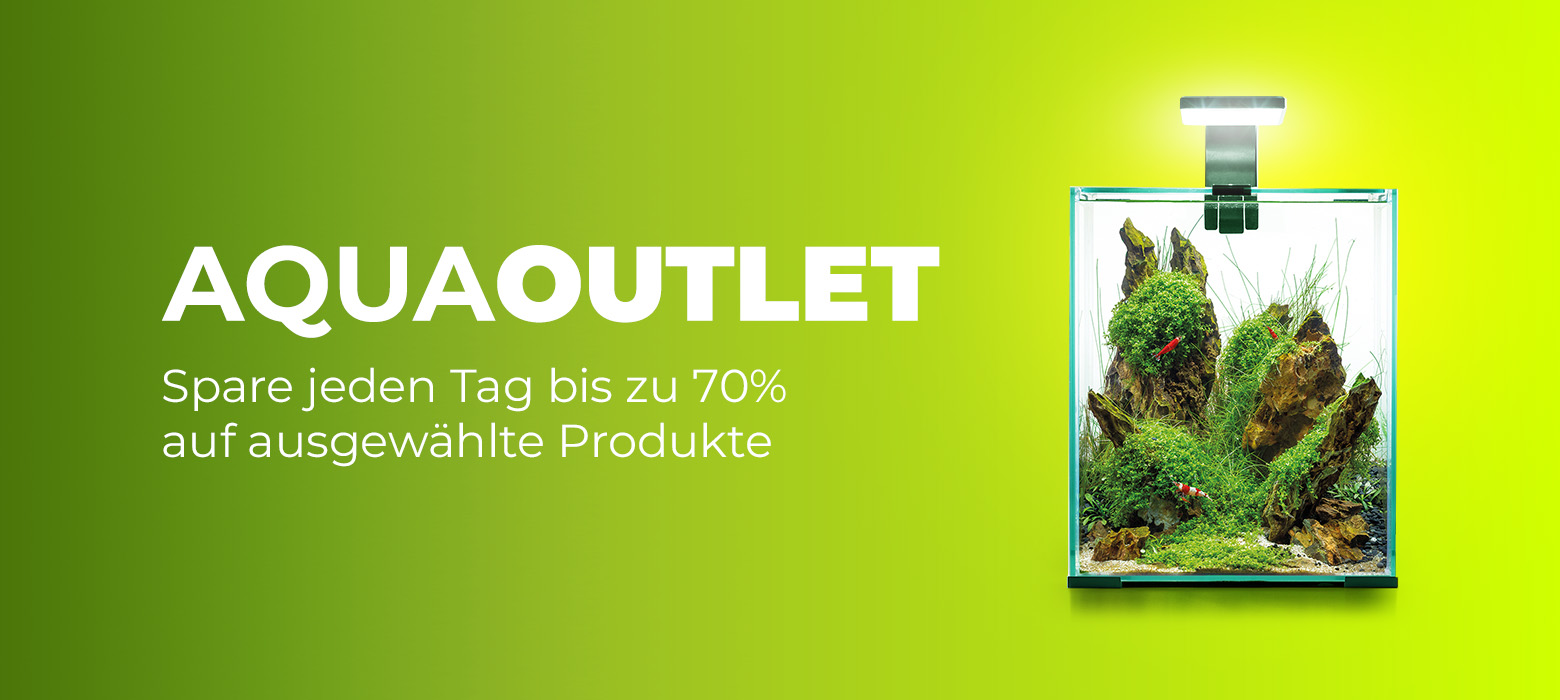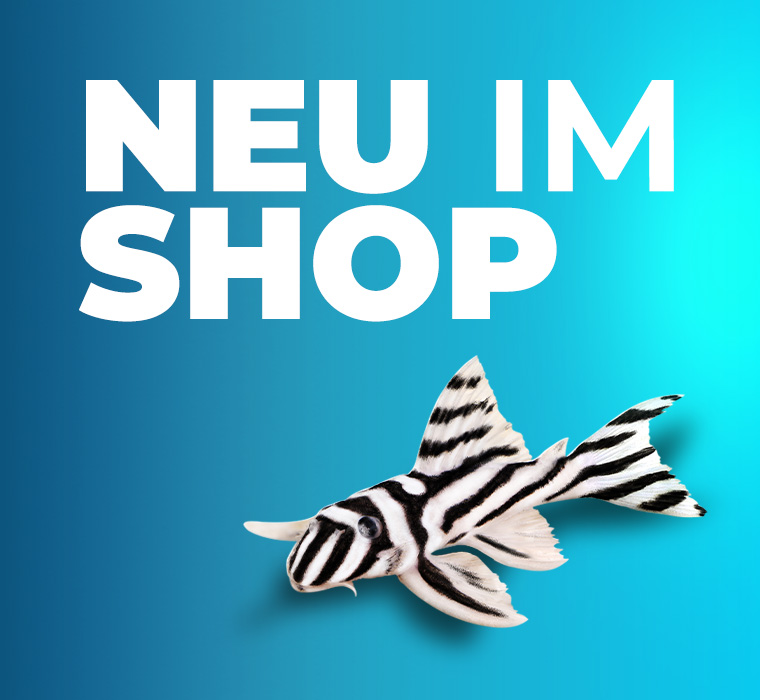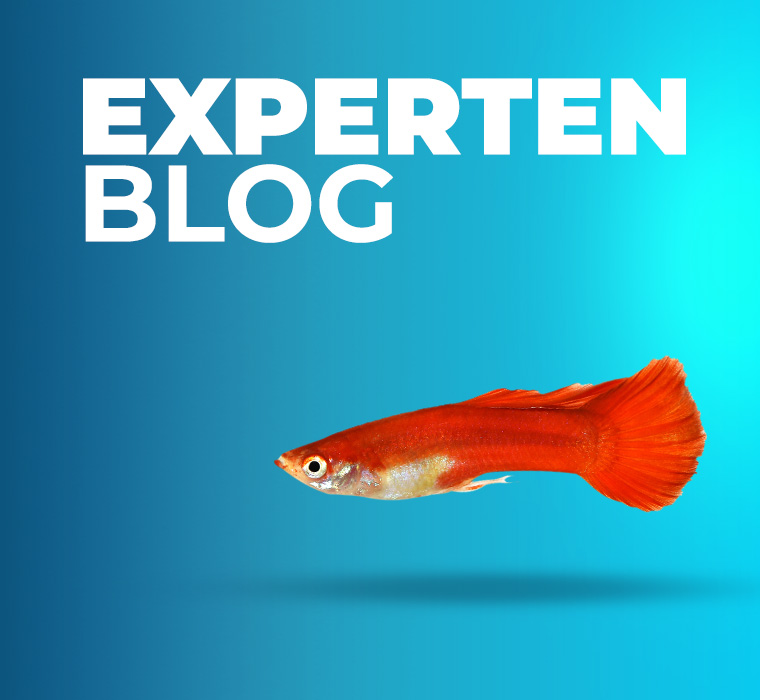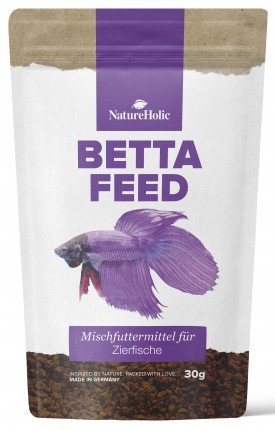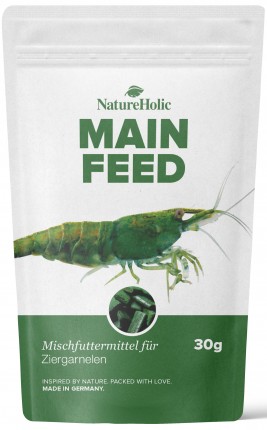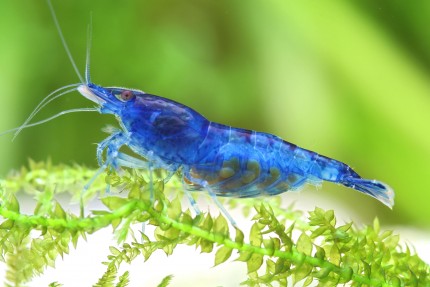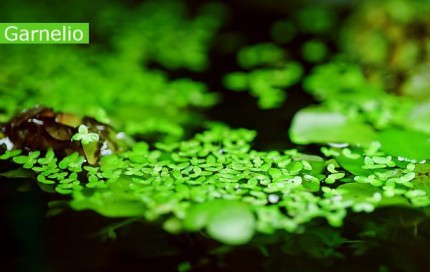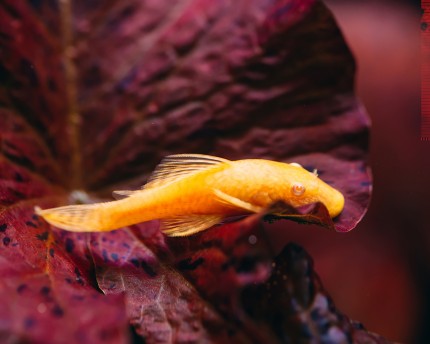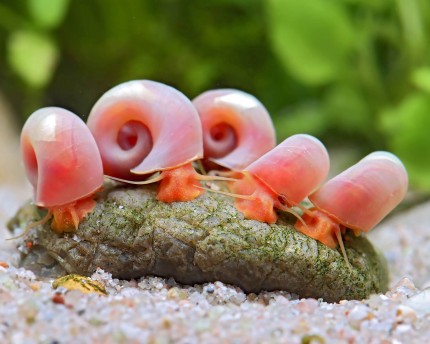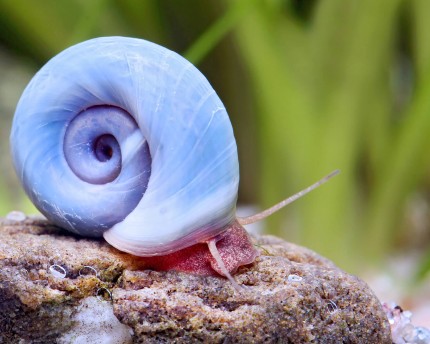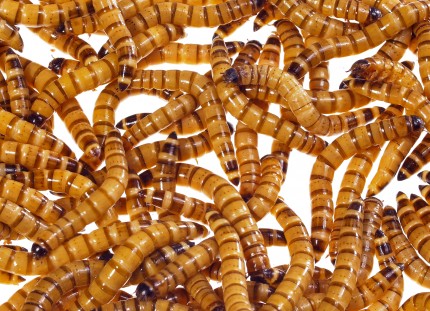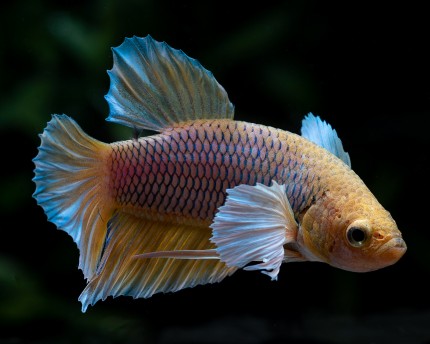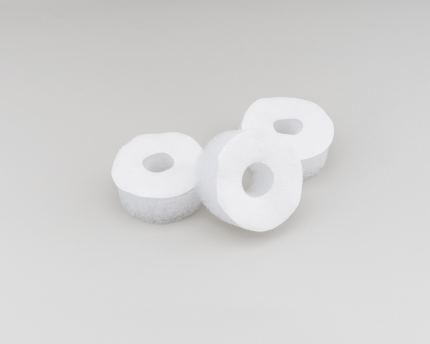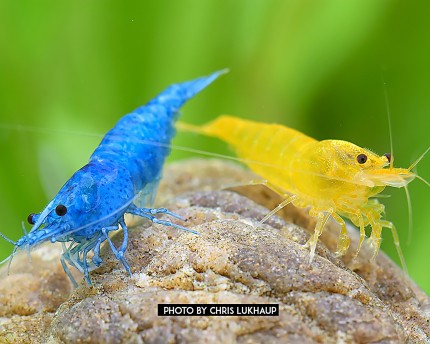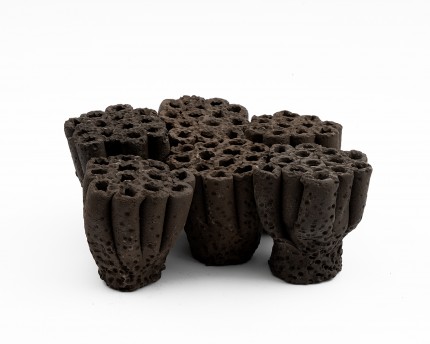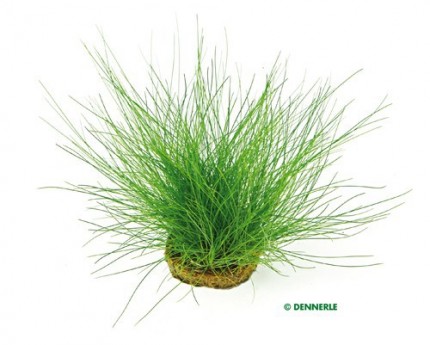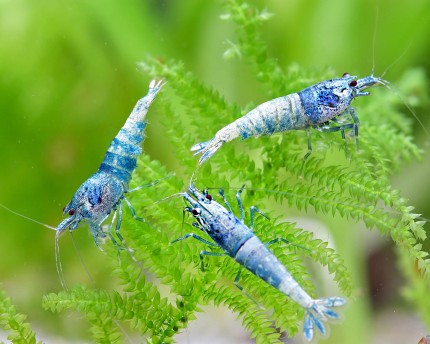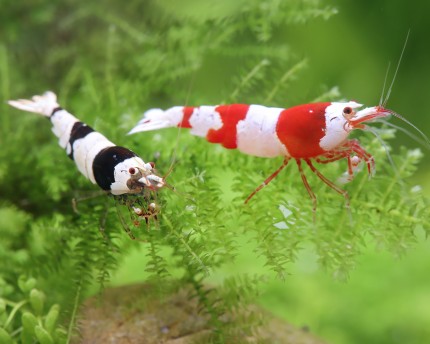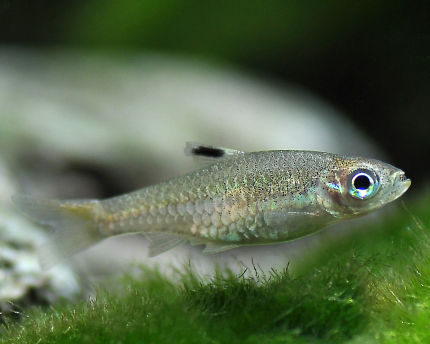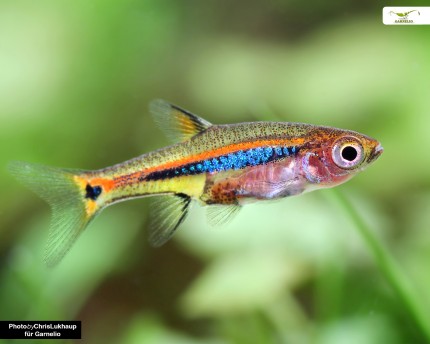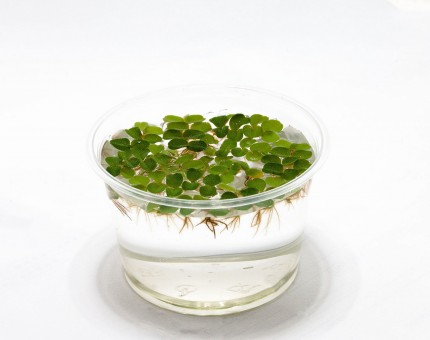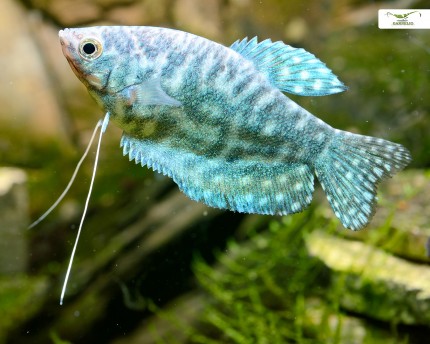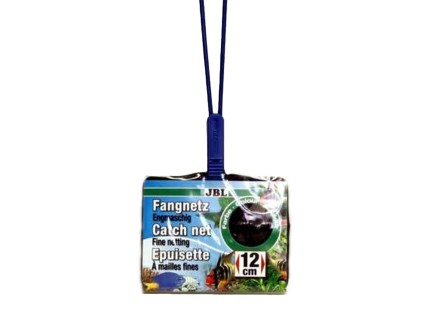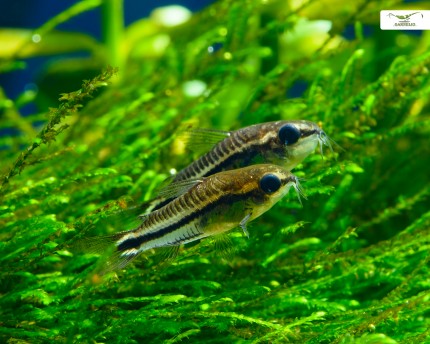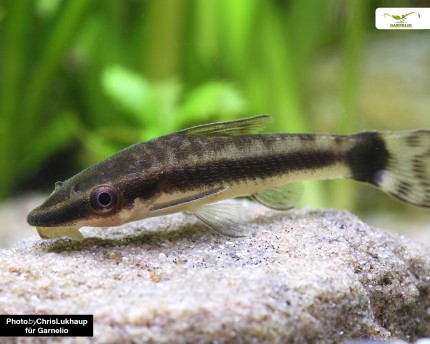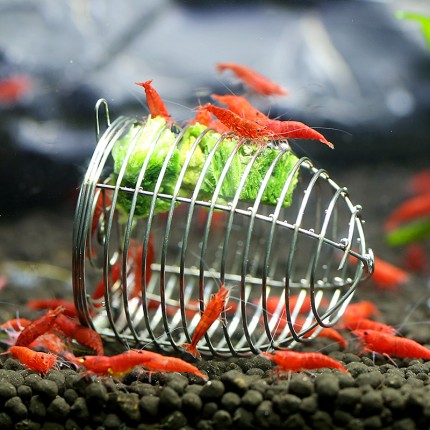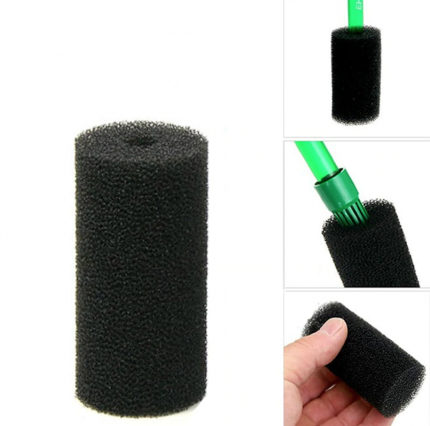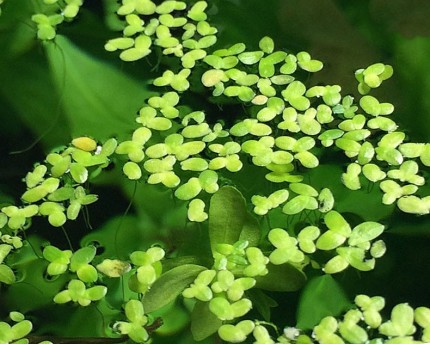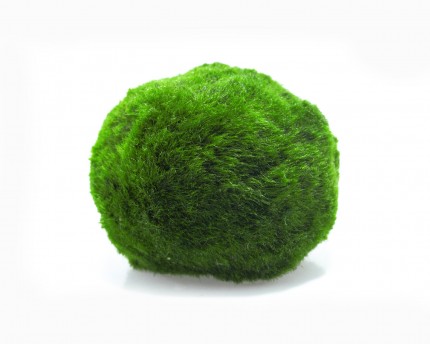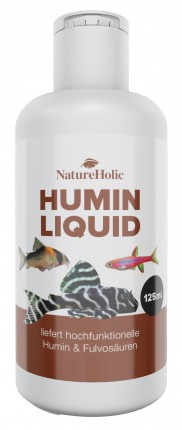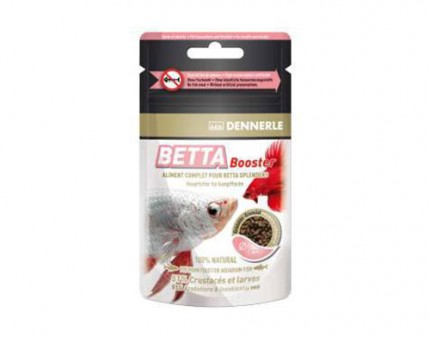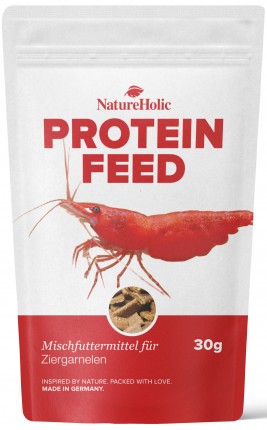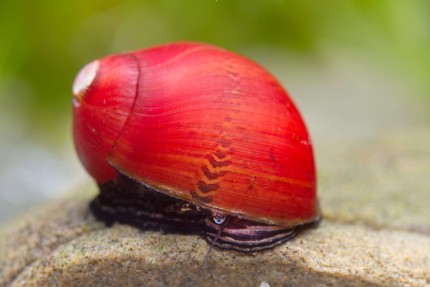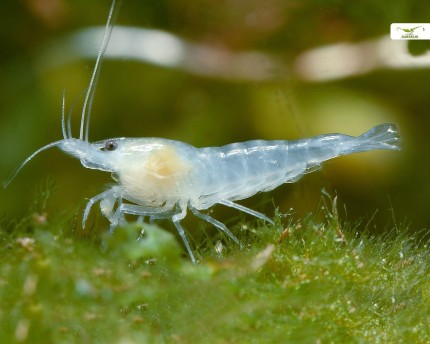incl. VAT plus shipping costs
Ready for shipment in 2 Day(s)
Delivery only innh. Germany and Austria possible.
Switch to the German store
-10% EXTRA-RABATT
auf Deinen gesamten Warenkorb!!
- Item no: 7946
Fast delivery times
All products are in stock with us!14 years of breeding experience
Let our team of experts advise you!High customer satisfaction
from over 3,000 reviews "| Water values: | soft to hard |
| Origin: | Asia |
| Pelvic region: | Center |
| with dwarf crabs?: | No |
| with snails/shells?: | conditional* (see description) |
| Difficulty: | 1 - Simple |
| Final size: | 4-8 cm |
| with shrimps?: | with dwarf shrimps, offspring is eaten |
| Planting possible?: | Yes |
| Visual effect: | Especially colorful |
| Breeding: | medium |
| Aquarium size: | 54 l (approx. 60cm) |
| Diet: | carnivore - meat eater |
| Fish group: | Labyrinth fish |
| Temperature: | 25-30 °C |
Betta splendens is absolutely popular in aquaristics thanks to its many colors and fin shapes. This fighting fish is called crescent "Dumbo Ear" and comes in XL size. Dumbo Ear is the name for a fish with large pectoral fins that somewhat resemble elephant ears, while Half Moon refers to the shape of the tail fin. They use their labyrinth organ to get air at the surface of the water, it functions much like a lung .
Betta splendens is native to Southeast Asia, where it is commonly found in rice paddies and the adjacent standing and flowing waters, some of which are very low in oxygen. However, the breeding forms do not have much in common with the wild form. Especially male breeding bettas are characterized by beautiful, often very large fins and bright colors. The fighting fish is rather solitary and should therefore preferably be kept alone. If you keep them busy, fighting fish can become very tame.
Already in a nano aquarium from 60 liters you can keep a fighting fish, if it is well maintained. Even a filter is not absolutely necessary. Since Bettas like to jump and breathe air at the surface, the aquarium must be tightly covered. Too cold air on the water surface can cause the fish to catch a cold. KaFis like it shady, therefore the light should be Floating plants partially dimmed (but so that the fighting fish can still reach the water surface to breathe), and light-colored substrate should be avoided. The aquarium must be densely planted. The fighting fish likes to lie down on large water plant leaves to chill there. The water values play only a very subordinate role, however an addition of Humic substances can support the health of the fish.
It is possible to keep them in a community aquarium with fish that are not long-finned themselves and do not tug at fins, but the Betta has a lot of stress here because it permanently swims off its territory. Its life expectancy in the species tank is much higher - and even there it is still short enough with 2-3 years. Keeping them with shrimps can go well, but it is a matter of character - some Bettas consistently ignore the small crawlers, but others are happy about the welcome snack. Dwarf crayfish, on the other hand, can pinch the sensitive fins of the betta with their claws and thus injure it. A socialization with snails is again a matter of character - there are Bettas that pluck snails from their shells and eat them, and others, that ignore them completely.
Since Betta splendens is a pure carnivore, it should never be fed with food for omnivorous aquarium fish, but either with live food and frozen food or with a special fighting fish food for carnivorous fish. Fighting fish become hand-tame, and you can accustom these intelligent aquarium fish to hand-feeding with tweezers. There is evidence that they can tell faces apart and recognize their keeper.
Sex differentiation is not easy - although only males show the extreme fin shapes in fighting fish, there are also short-finned Betta among them, not every short-finned Betta is a female. Females develop a spawning papilla, however suppressed males may also show a spawning papilla.
For breeding, a male and female are kept separately and fed high quality live food . The water temperature is increased to 28 °C. As soon as the male starts to build a foam nest on the water surface, the female can be added. Since the males in the high-breds can react extremely aggressively to the presence of conspecifics, you should still take good care here. When fighting fish spawn, the male engulfs the female, who releases 200-250 eggs, which the male fertilizes. The spawn sinks to the bottom and is collected by the male with his mouth and transported to the foam nest. There the male performs brood care. The female must now be taken out of the breeding tank immediately! When the young fish swim freely, the male is also put extra. After 2-3 days the offspring fighting fish can be fed with Artemia nauplii and other fine live food such as micro worms.
Our food recommendation: The soft granules NatureHolic Bettafeed has been optimized in its composition to meet the needs of fighting fish and other carnivores. However, fighting fish do not only need purely animal proteins. A small proportion of vegetable substances imitates the intestinal contents of the prey animals, with which the beautiful bettas in nature ultimately consume a certain proportion of plant food. Garlic extract has a strengthening effect and can supportthe immune system and also make it strong against parasites.
Our plant recommendation: For planting, use NatureHolic InVitros. These are free of snails, planarians and other unwanted co-inhabitants. Also free of algae spores, bacteria and fungi.
Expert Tip: We recommend for fish keeping the NatureHolic 3 Phase Liquid. The care set offers the best all-round protection for your animals. It ensures optimal conditions for successful breeding and keeping.
| Scientific name: | Betta splendens |
| German Name: | Fighting fish Halfmoon Dumbo XL |
| Difficulty level: | for beginners |
| Origin/Distribution: | Southeast Asia, Bali, Indonesia, Sumatra, Borneo, Java, Laos, Vietnam, Myanmar, Thailand, Cambodia |
| Coloration: | Males more robust with large colored fins, females more stocky with short fins and rather weaker colored |
| Age expectancy | 2-3 years |
| Water parameters: | GH, KH, pH, adaptable, temperature 26-28°C |
| Tank size: | 60 l and up |
| Food | Carnivorous, live and frozen food, special bettafood |
| Breeding | medium |
| Behavior | territorial/aggressive towards conspecifics |
| Group size | maximum (!) 1 animal |
| Further information | Ten typical aquarium fish for beginners and alternatives to them, Tips for acclimating fish to the aquarium, Feeding aquarium fish properly - cheap food and what it can do |
- Item no: 7946
- EAN No.: 7427061495331
Entdecke die Garnelio Welt!
Garnelio gehört zu den größten Onlineshops für wirbellose Aquarientiere weltweit.
Viele Artikel gibt es exklusiv nur bei uns im Shop.


